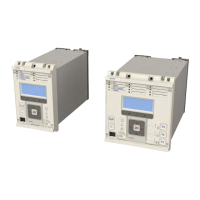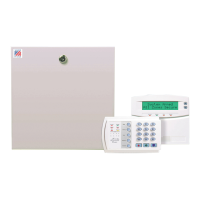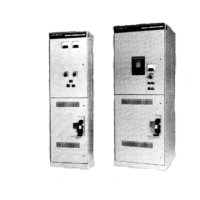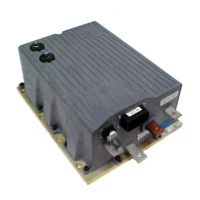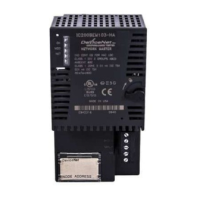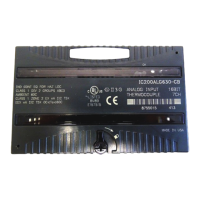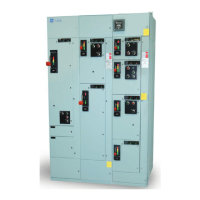configuration takes effect after the download is complete. To restore the default configuration at any time, from
the C
ONFIGURATION column, select the Restore Defaults cell then select All Settings.
In MiCOM S1 Agile, the DNP3.0 data is shown in three main folders, one folder each for the point configuration,
integer scaling and default variation (data format). The point configuration also includes screens for binary inputs,
binary outputs, counters and analogue input configuration.
If the device supports DNP Over Ethernet, the configuration related settings are done in the folder DNP Over
Ethernet.
6.3.10 DNP3 UNSOLICITED REPORTING
In previous versions, DNP3 only supports data transmission based on poll requests from the master station. From
this v
ersion onwards, a new mode of transmission called Unsolicited Reporting is supported. This is a mode of
operation where the outstation spontaneously transmits a response without having received a specific request for
data. This mode is useful when the system has many outstations and the master requires notification as soon as
possible after a change occurs. Rather than waiting for a master station polling cycle, the outstation transmits the
change immediately. It is thus event driven rather than poll driven.
This feature requires a new group of settings, which are found under the DNP SETTINGS column (Courier cell range
1B). These can be found in the settings tables available as an interactive PDF at the back of the manual.
Note:
We advise you not to enable Unsolicited Reporting on a serial multi-drop line. This is due the fact that collisions may result
from multiple IEDs reporting concurrent events. If Unsolicited Reporting is enabled on a serial line, we recommend connecting
only one IED per master link. This restriction is not applicable if DNP3 Over Ethernet is used.
6.4 MODBUS
This section describes how the MODBUS standard is applied to the Px40 platform. It is not a description of the
standar
d itself. The level at which this section is written assumes that the reader is already familiar with the
MODBUS standard.
The MODBUS protocol is a master/slave protocol, defined and administered by the MODBUS Organization For
further information on MODBUS and the protocol specifications, please see the Modbus web site
(www.modbus.org).
6.4.1 PHYSICAL CONNECTION AND LINK LAYER
Only one option is available for connecting MODBUS
● R
ear serial port 1 - for permanent SCADA connection via EIA(RS)485
The MODBUS interface uses ‘RTU’ mode communication rather than ‘ASCII’ mode as this provides more efficient
use of the communication bandwidth. This mode of communication is defined by the MODBUS standard.
The IED address and baud rate can be selected using the front panel menu or by a suitable application such as
MiCOM Agile.
When using a serial interface, the data format is: 1 start bit, 8 data bits, 1 parity bit with 1 stop bit, or 2 stop bits (a
total of 11 bits per character).
6.4.2 MODBUS FUNCTIONS
The following MODBUS function codes are supported:
● 01: R
ead Coil Status
● 02: Read Input Status
● 03: Read Holding Registers
P24xM Chapter 16 - Communications
P24xM-TM-EN-2.1 337
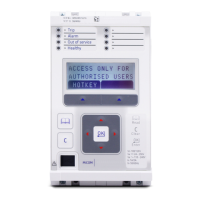
